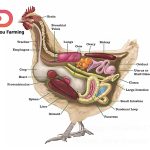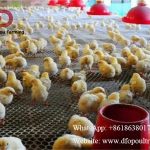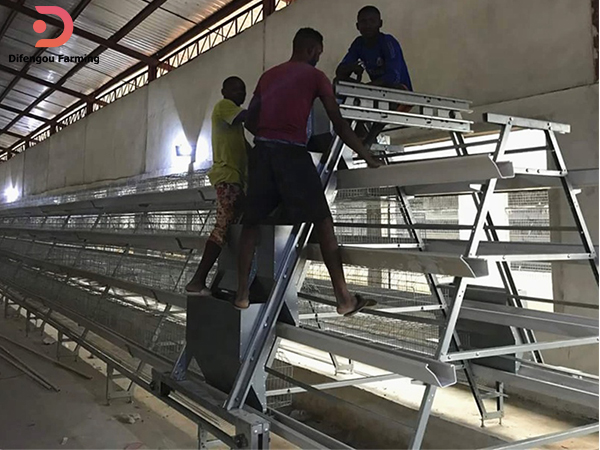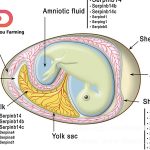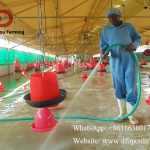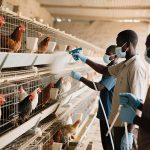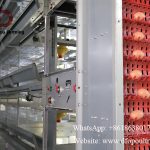The key points of using chicken cages to raise chickens
When farmers use chicken equipment, various problems will arise. Therefore, chicken farmers must regularly check the condition of the chickens in the chicken coop and chicken cages. The sooner they are found, the faster they will be resolved, reducing the economic losses of farmers.
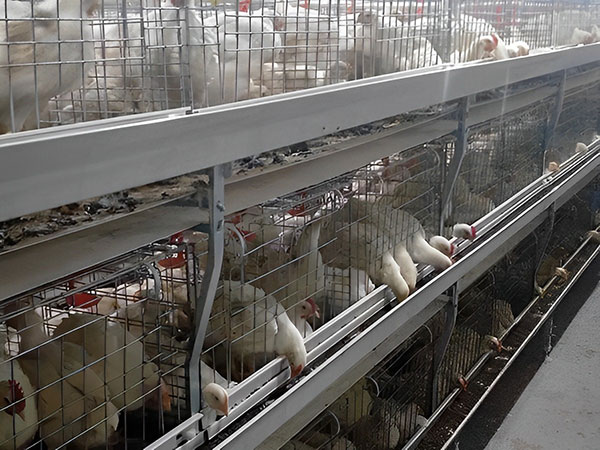
When inspecting, pay attention to the following points:
1. Check for harmful gases
The gases that are more harmful to chickens are ammonia and hydrogen sulfide. Due to the strong volatility and irritation of ammonia, if there is a large amount of ammonia gas in the chicken house, it will be sensed first when entering the chicken house. When you smell the smell of ammonia, it means that the ammonia in the chicken house has already exceeded the standard. In addition, chicken houses with coal stoves should pay attention to carbon monoxide poisoning of personnel and chickens. When the above harmful gases exceed the amount, corresponding measures should be taken immediately. For example, appropriately increase the ventilation volume, replace the litter, etc., to reduce the harm to the chicken.
2. Check the temperature
For chickens, temperature is crucial. Watching chicken Shiwen is a common method of use. Check whether the temperature on the thermometer matches the actual temperature required. If the temperature differs greatly, measures to raise or lower the temperature should be taken immediately to control the temperature within the required range.
3. Check ventilation
Check for proper ventilation. Especially when the temperature is low in winter, people often only pay attention to keeping warm and ignore normal ventilation. When the ventilation is good, the chickens are lively and active, and there is no peculiar smell in the house, especially when the temperature and ventilation are up to standard, there will be a comfortable feeling. If it is found that the chickens are disease-free and wilting, have a slight breath, a strong odor, and a lot of dust, it means that the ventilation in the chicken house is extremely poor, and the ventilation should be strengthened immediately.
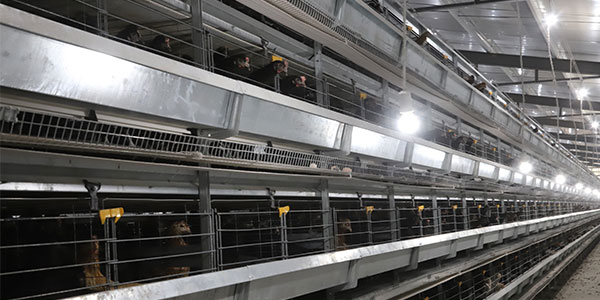
4. Check feces
Check the stool for color and blood. Generally speaking, the feces of chickens are thin and soft, and some feces are strips. Some diseases can cause chickens to produce diarrhea, such as infectious bursal disease and infectious bronchitis, and the feces of chickens are yellow and white. When chickens suffer from Newcastle disease, they discharge green, yellow-white watery feces. There is bloody stool in the house, and most of the chickens are infected with coccidia. When the above abnormal feces are found, an autopsy should be given if necessary.
5. Check humidity
Check to see if the humidity is up to standard. High humidity and microorganisms are easy to survive, and if accompanied by low temperature, the harm of low temperature will be more severe. If the humidity is low, the chicken house will be dry, and the chickens are prone to respiratory diseases, especially the chicks. A long-term dry environment can make the chicks dehydrated and weak. Therefore, attention should be paid to the adjustment of the humidity in the chicken house.

